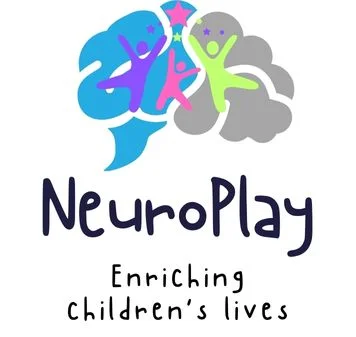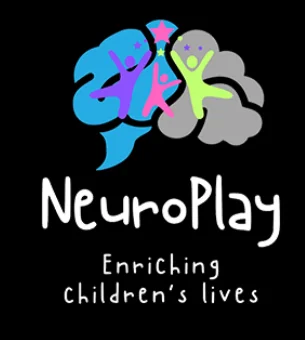Understanding emotional regulation – Exploring the four zones
Emotions are complex & play a crucial role in the human experience. We go through a spectrum of emotions every day, from happy fits of laughter to serious introspection to even angry outbursts. It’s challenging enough to control & regulate one’s emotions as an adult, but for a child, things may quickly spiral out of control.
That’s why understanding emotional regulation & its four zones is crucial. It builds up a strong resilience to uncomfortable feelings & helps your child be better able to manage their moods without being overwhelmed. But what exactly is emotional regulation, & what are these four zones I mentioned? Let’s find out together.
What is emotional regulation?
Emotional regulation can be understood as the skill to manage emotions effectively. It involves identifying what we feel, recognizing its source, understanding its effect on us, & controlling our reactions in order to respond appropriately. This skill can help us maintain a cool head even when things are difficult, & that is priceless when you need to think of solutions to problems.
It is a crucial aspect of emotional intelligence & our mental health, but unfortunately, most of us do not or cannot devote the time it takes to master it. That is why it is advised that parents & caregivers instill a sense of emotional regulation in children from a young age. Just like a seed needs a little water to grow big & strong, so does the mind of a child need encouragement.
The four zones of emotional regulation
We can easily understand & classify the many emotional states we all experience by using the zones of emotional control framework. It is a useful tool made especially to assist children in recognizing & identifying their emotional states. It has four zones, each of which is symbolized by a distinct color.
Blue zone
The blue zone is characterized by low energy levels & difficulty focusing on activities. These are the feelings your child feels when they say they’re feeling “blue,” like sadness, boredom, & tiredness. To help regulate these unpleasant emotions, you & your child can try out various exercises that promote relaxation & calmness.
You can practice breathing exercises that help you regain control of your emotional state or engage in soothing activities like listening to soft music or drawing. Sometimes, we all need a break, & so do little kids, so don’t hesitate to take a break with your child when you feel it might do them good.
Green zone
The green zone is when you’re good to go & is characterized by pleasant & calm feelings. While your child is in this state, they might be more focused on their tasks, show greater enthusiasm for participation in activities, & be willing to learn new things.
The positive behaviors that children exhibit during this zone need to be reinforced & encouraged. You should support them in continuing what they are doing & maintaining their emotional experience by being there for them in all the activities they enjoy. Pay close attention to what they do when they are in this zone.
Yellow zone
Yellow is when your child is feeling worried & nervous. They might experience heightened emotions in this zone, which might include excitement or frustration. They might lose control over their ability to regulate emotions as effectively and, as such, would need your help a lot.
What you can do is help your child identify their feelings & use exercises like deep breathing or counting to ten to bring them back into the green. It is a difficult task, but you have to encourage problem-solving & support them as they navigate this difficult phase.
Red zone
The red zone is to be avoided as it is when your child will feel that they are in a crisis. They might feel angry, terrified, aggressive, & feel out of control. Children who are in this zone will experience intense emotions & will have difficulty thinking clearly.
As the parent, guardian, or caregiver, ensure that they are safe first & foremost. Then, help them calm down by using various techniques like finding a safe space, using a stress ball, or taking deep breaths. Definitely offer support & reassurance, but do not be overbearing. When they are ready to discuss what’s been bothering them, be open & accept their feelings.
How emotional regulation can help your child
Emotional regulation is a lifelong skill that will empower your child to control their feelings rather than be controlled by them. This can lead to improved mental health, stronger & better relationships, better academic performance, & a huge boost to problem-solving skills.
The four zones framework is a reliable tool to start teaching your child about emotional regulation today. For more information, advice, & questions, please do not hesitate to contact NeuroPlay. We’re committed to empowering children & teaching them to harness their superpowers.

